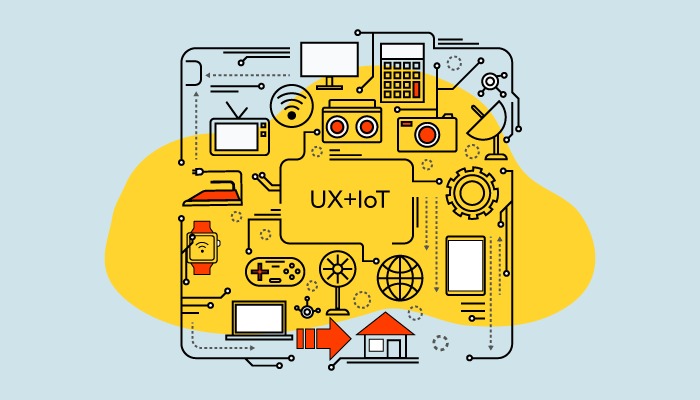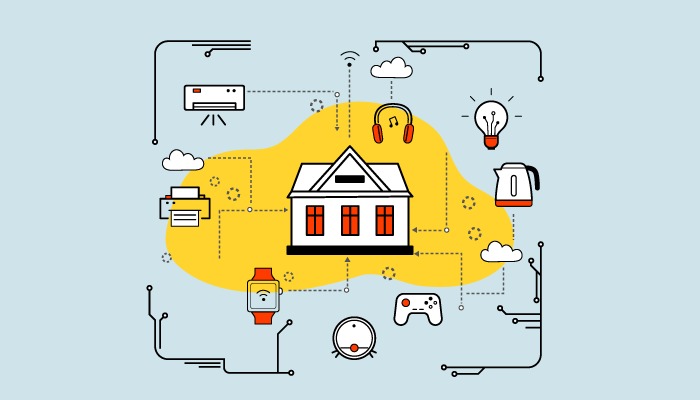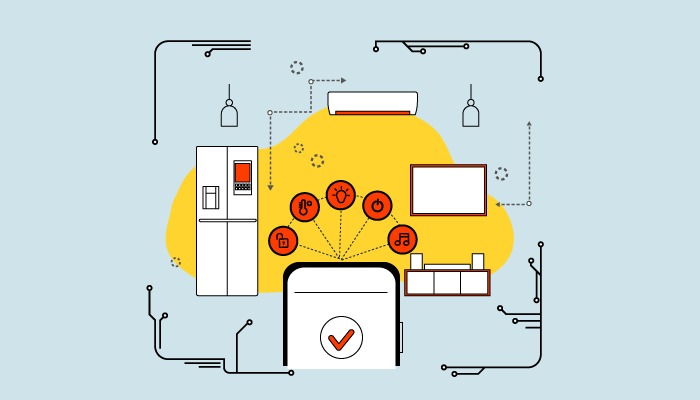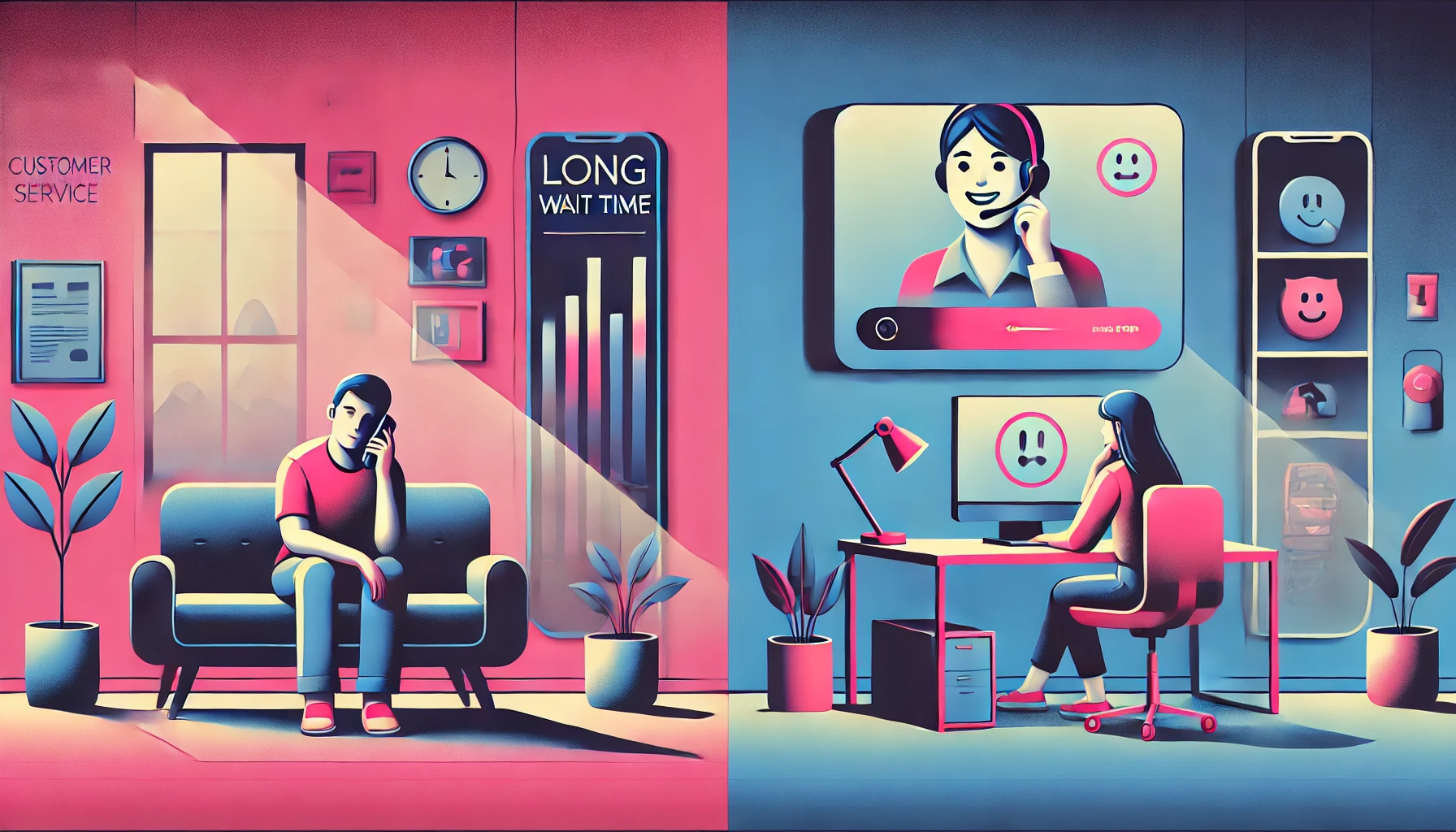Designing the Future of Connectivity

The Internet has become an all-encompassing element in our modern environment, with its influence steadily growing. It’s no longer confined to websites; everyday objects like lights, HVAC (Heating, Ventilation, and Air Conditioning) systems, and cars are managed through local internet connections, known as IoT (Internet of Things). The concept of IoT has been revolutionary, allowing communication among physical devices embedded with sensors and necessary software, forming a closed network for data exchange. As IoT devices become more integrated into our lives, ensuring a positive User Experience is paramount, as it shapes how users interact with this evolving technology.
In this blog, we will explore the role and significance of UX Design in the IoT universe, the challenges and opportunities that lay within, and how a symbiotic relationship between design and technology also transfers into UX and IoT.
Understanding the essence of UX Design in the Internet of Things
The gist of IoT Technology lies in the fact that it enables devices to seamlessly collaborate by creating a network data system with a free flow of data. This core principle can be observed in the functionality of any IoT-enabled device, from a simple Smart-Home system that can adjust ambient lighting based on the user’s moods and preferences to complex industrial-grade machinery that uses enhanced data flows via IoT to optimize existing manufacturing processes.
However, much like any other piece of technology, it is only as good as it appears to be to the end user. IoT has ample functionality and potential within, which can be amplified further using good UX Design.
UX Design, when applied in the context of IoT, goes much beyond just traditional interfaces. Any IoT product, when combined with good UX, can help improve how users perceive, understand and interact with both the physical and digital components of IoT- enabled devices.
IoT already does an amazing job of offering convenience to users. With a good UX Design, it could further extend its benefits by enabling easier setting up mechanisms, more intuitive controls, timely notifications, and much more.

Ultimately, every touchpoint and interaction contributes to the overall user experience, and practical UX Design harmonizes these interactions to create a much more coherent, interactive, and enjoyable interaction journey for the end user.
Challenges and Opportunities for UX Design in the Internet of Things

Source: HCLTech
With IoT being a complex system in itself, designing for IoT also poses a set of challenges. Weakly managed UX Systems, combined with poor integration onto other components of the IoT system can easily lead to frustration among users along with a bad reputation for IoT. A few challenges that UX Designers may encounter in the IoT landscape are listed below as follows:
Ensuring Interoperability and Sync:
With various devices in an IoT system being manufactured by various producers, ensuring that all systems are on compatible technology and communication protocols will be of paramount importance for the Designers, as this would offer a perfect sync for the end user. The Design team must also take special care to ensure that relevant data is prioritized during the communication process, as a failure to do so would result in an abundance of data provided to the user, which may result in the end user being confused.
Privacy Concerns:
The Designer team must ensure that the security features of the IoT system are communicated in simple terms to the end user. This would greatly help bring trust in an environment that is otherwise rife with privacy concerns.
Ensuring a good feedback mechanism:
Designers must make provisions for devices to provide user feedback and communicate with the end user through means other than just screens or buttons. Noises, vibrations, and other methods of haptic feedback may be used. This would be extremely beneficial considering the fact that IoT devices often lack traditional User Interfaces.

Much like the Yin to the Yang, no Challenge exists without an Opportunity to be gained. Given below are a few opportunities for UX Design in the field of Internet of Things:
Access to Larger Data:
Unlike platforms of the past, IoT devices can help provide data and user feedback from various perspectives and across various scenarios. This would help UX Designers understand their users better, and eventually use that data to offer better services. This would also help in offering better personalization features for users in later iterations of the product.
More humane interactions:
Gesture controls, voice commands, and other forms of more humane interaction are gaining popularity in the IoT field. Apple’s Vision Pro recently implemented similar tech and was received extremely well. This indicates an opportunity for designers to create more intuitive and human-like interfaces, thus humanizing tech further.
A Symbiotic Relationship – or is it?
While UX and IoT Technology are driven by the same mutual interest in wanting to improve human lives by integrating technology into the same, the similarities almost end there. Despite this, UX and IoT have an amazing sync, thus resulting in a near-symbiotic relationship that benefits both parties.

IoT devices would greatly benefit from an improved UI/UX and thus be able to offer better services to its users, while the UX Design side would be able to receive ample user feedback from various perspectives and therefore, be able to develop better user experiences for the road ahead based on the same. While this relationship may seem symbiotic on the surface, it is IoT that ultimately leans more on UX for substantial results, as developing good UX would require significantly larger effort from UX engineers, researchers, and designers. In other words, the IoT side of this dynamic would relatively have a lighter burden and higher dependency, as compared to its UX counterpart.
At f1studioz, I have had the opportunity to work with multiple global SaaS organizations that are empowering their users by leveraging the power of the Internet of Things!
Comparisons aside, this collaboration would ultimately result in a win-win-win arrangement for all parties, with the IoT side gaining better UX, the UX side gaining much-needed data for future development, and the end users being able to enjoy their products better.







